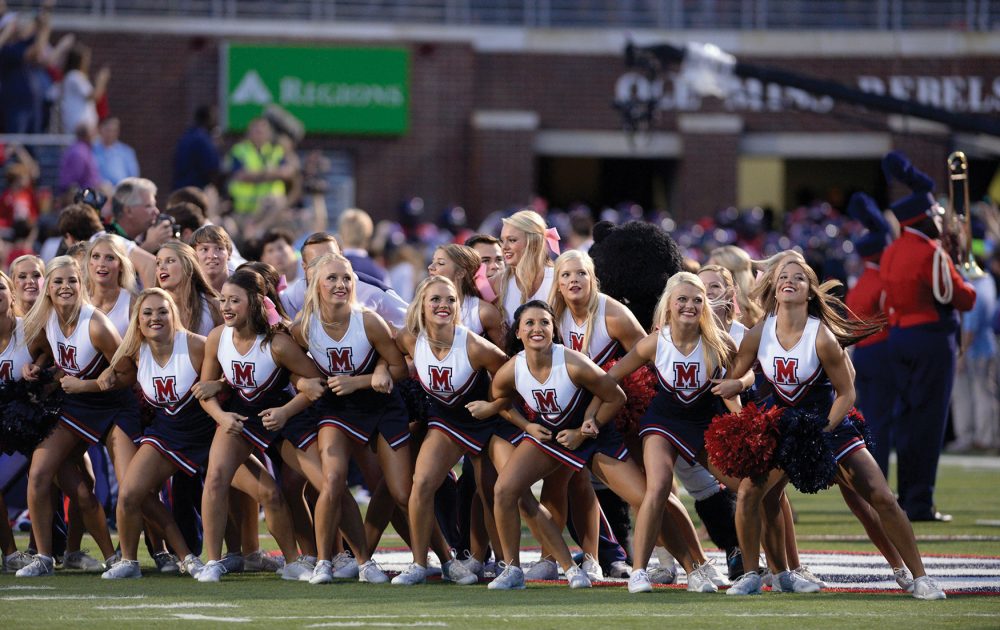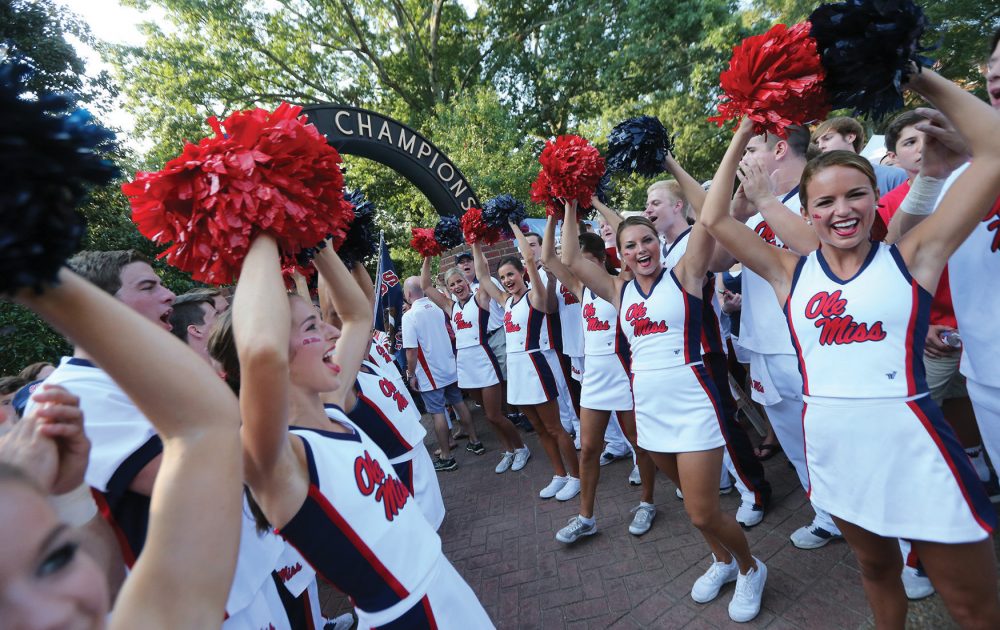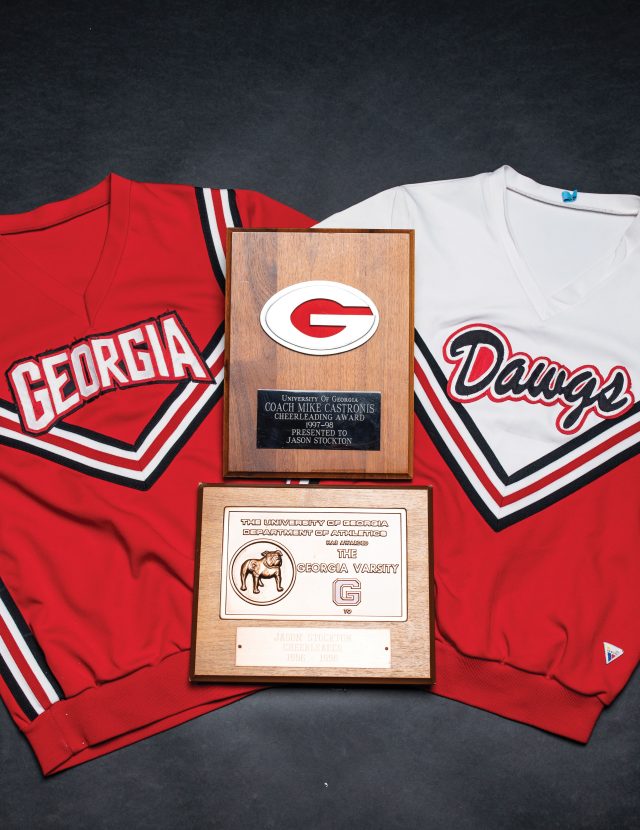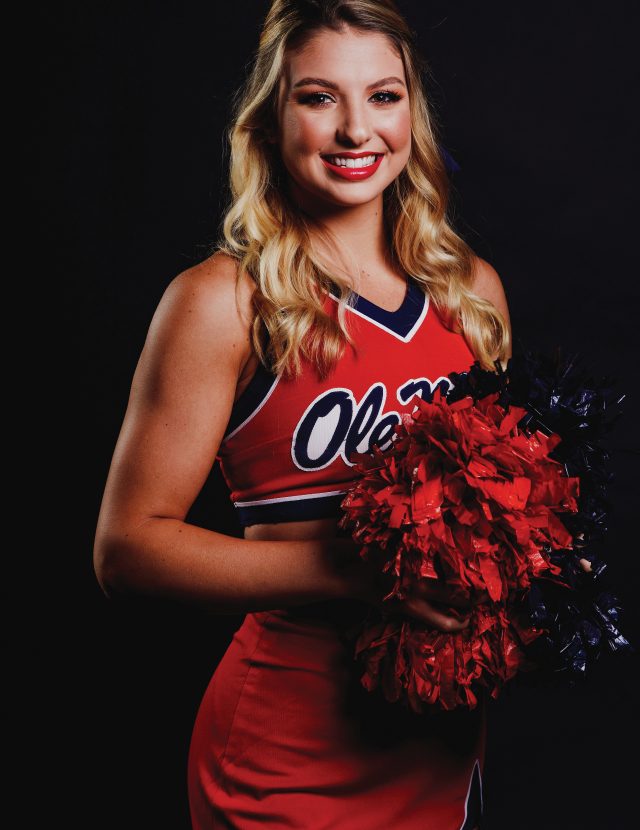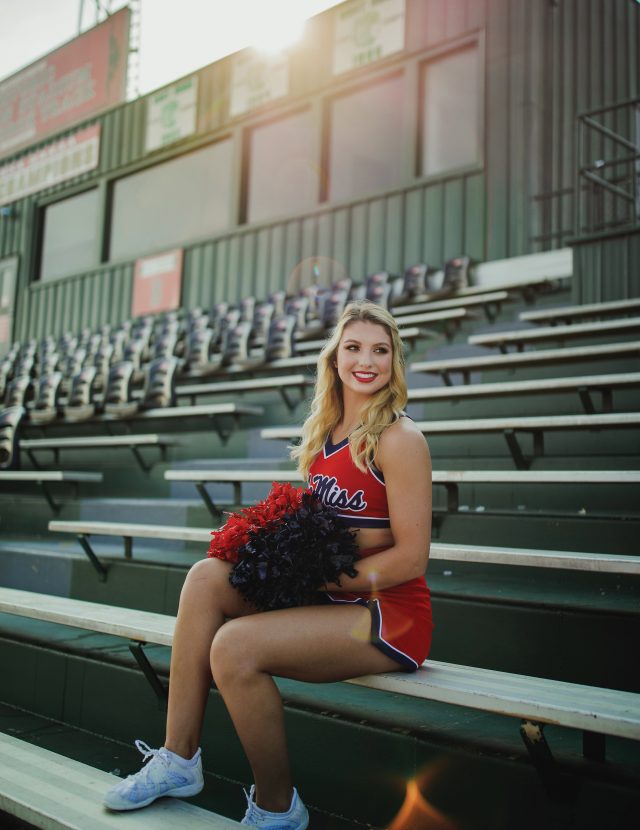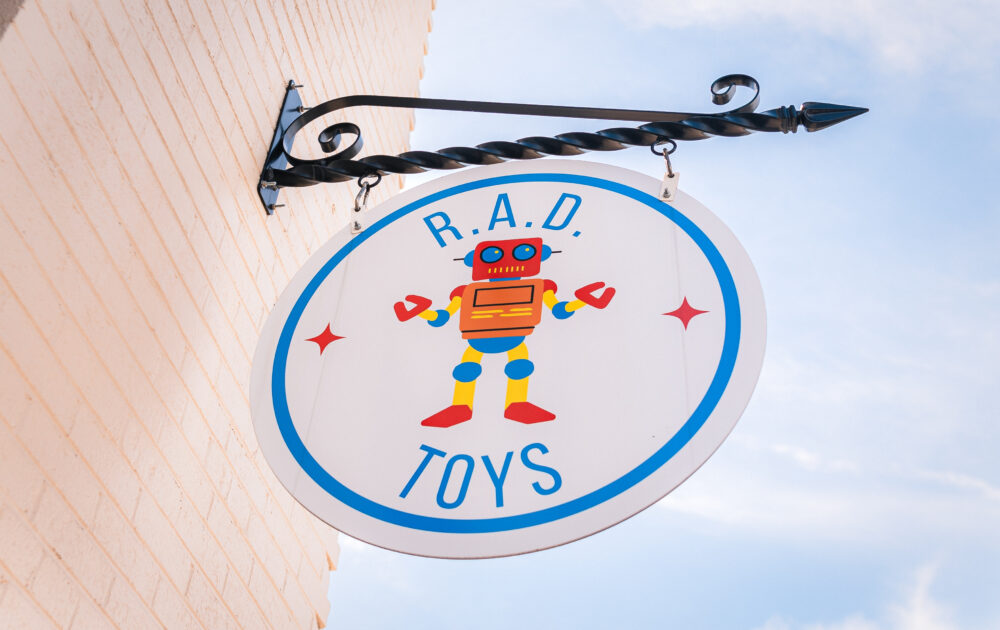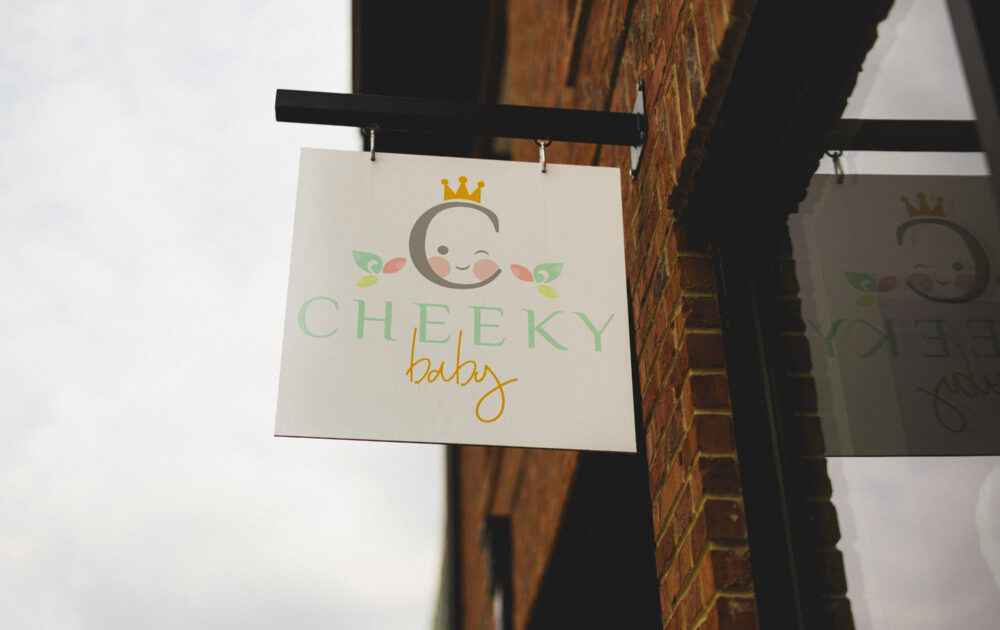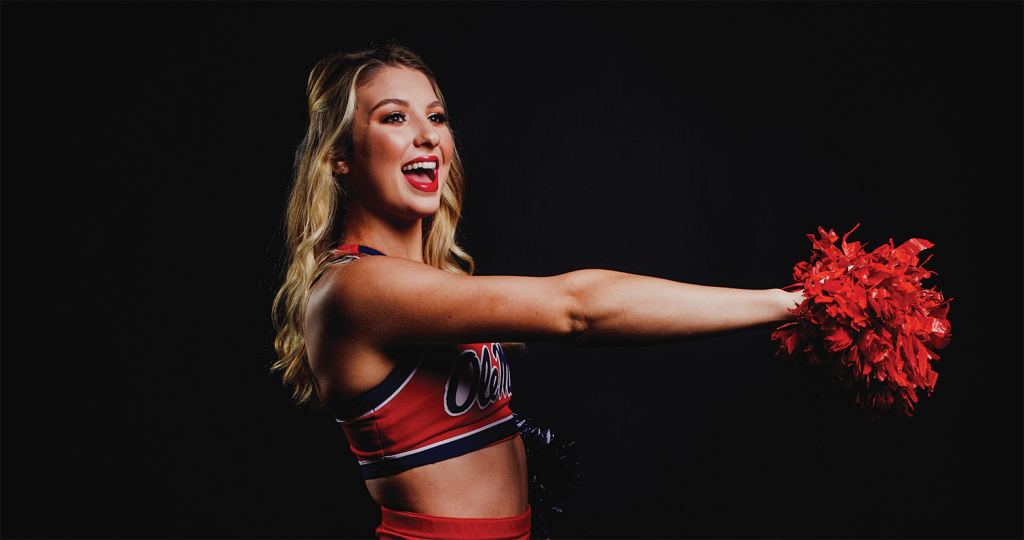
Photos by Cameron Flaisch, Andy Calvert and Ole Miss
What do you think about when you think about college football? There are the obvious objects, of course. But no matter whom you ask, somewhere down the line they mention cheerleaders. Why is that?
Many people don’t truly understand why cheerleading plays a part in football, especially college football. “They just do,” are most people’s answers when faced with this question. However, cheerleading’s roots are closely tied to American football in more ways than just one.
Just imagine for a second that you’re gearing up for a Saturday in Athens, an afternoon in the Swamp or a trek to T-Town, and you arrive at the stadium to silence. You see no band, no cheerleaders and no one to help get you hyped for the day’s activities. You notice.
University of Mississippi Cheerleading Coach, Ryan O’Connor, realizes this and notes how important cheerleaders really are to gamedays in Oxford and all college towns alike. “If you took away the cheerleaders from gameday, it would definitely be noticed. Fans don’t realize all that we do, but they do notice it when we aren’t there to do those things. That is the best way that I can describe it. If you took away cheerleading from the sport of football, it would be noticed,” says O’Connor.
This notion isn’t a current concept either according to Coosa High graduate and Floyd County native, as well as former University of Georgia Cheerleader (22 years removed), Jason Stockton. The same was true years ago.
“My coach used to say often that you are ambassadors—you represent the school. We went everywhere. When UGA had an event, the cheerleaders would be there. When Hairy the Dawg would have an event, the cheerleaders would be there. We were basically there as liaisons between alumni, fans and the University,” explains Stockton.
The absence of the pep-squad during those events was substantial, as fans grew to recognize the cheerleaders as the faces of each respective university they represented.
Stockton cheered for the Dawgs during the Jim Donnan era in 1997 and 1998 when Mike Bobo was the quarterback, Kirby Smart was defensive back, Hines Ward played wide receiver and when UGA beat Florida for the first time in years.
These were the days that UGA needed moxie, and the cheerleaders were there to give it to them.
“The central job of cheerleaders is to lead the crowd and to keep everyone in the stands involved,” explains Stockton, “Momentum is a big thing in football, because whoever has momentum usually scores the points. Cheerleaders help generate momentum, and that’s pretty important.”
Stockton remembers helping to build the momentum in Sanford Stadium by closely interacting with the Spike Squad (a group of spirited fans who can be quickly pointed out in the stands by their use of face paint and spiked shoulder pads) and the student section. The University of Georgia cheerleaders also use big signs that spell out DEFENSE and LOUDER so that the fans in the upper sections know what to cheer for and when to cheer during specific times throughout the game. Nothing breaks a play like the quarterback not being able to communicate with his teammates.
The cheerleaders also help to get the football players hyped up, as they continually praise their actions, no matter the circumstances of the game.
As Stockton recounts, “there is nothing like running the Dawgs out of the tunnel in front of 91,000 people.”
However, he didn’t begin thinking this way when he first transferred to UGA in the spring of his sophomore year.
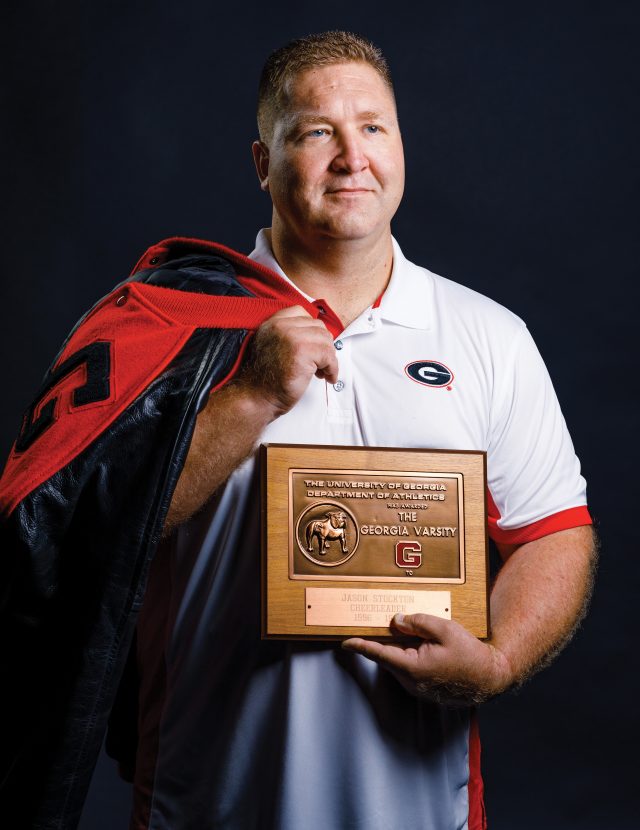
“I knew I wanted to be involved, I just didn’t know in what way,” says Stockton, “and I wanted to have memories from college by being a part of a team. One day, I was lifting weights in the weight room and was approached by two guys who were a part of the cheerleading team at UGA. Turns out they were recruiting for tryouts and they invited me to come to a practice for a day. I went to try it, and from the moment I started I was hooked. It was a challenge, but it was worth it,” smiles Stockton.
As cheerleaders are essentially the promoters of their schools and communities, the prep leading up to the events are a huge commitment. Stockton remembers rigorous practices every single day throughout the semesters, and even during the summer. These practices led into weekends where Stockton and the team spent all Saturday between the hedges, on the court cheering in Stegeman Coliseum and competing at the Universal Cheerleaders Association (UCA) Collegiate National Cheerleading Championship.
“Cheering for the Dawgs was definitely some of the best highlights of my college experience,” Stockton says.
Current Ole Miss Cheerleader, Sammy Bramlett, happily concurs with Stockton as she spends her weekends cheering the Rebels to victory in Vaught-Hemingway Stadium under the guidance of Coach O’Connor.
“I think I will forever be grateful for this opportunity in my life, and it still astonishes me that I can say that I am a cheerleader for the University of Mississippi,” says Bramlett.
Bramlett has been a cheerleader since she attended middle and high school in Calhoun, Georgia. “Truthfully, I fell in love with the different aspects of cheerleading as the sport involved tumbling, stunting and dancing. It was just a lot of fun,” says Bramlett.
The tumbling, stunting and dancing Bramlett is referencing is an added bonus to the already captivating persona of college cheerleaders. When Bramlett and the Ole Miss cheerleaders help to lead the football team into their stadium, they start the run with tumbling passes. For example, a round off, back handspring, tuck and/ or layout. Some of the athletes even add a full twisting layout to the end of their pass. This continues throughout the game as they add in standing tucks or toe touch tucks to their sideline routines.
The Rebel Cheerleaders catch the crowd’s eyes by throwing up stunts to band dances or even cheers of their own. This includes co-ed stunting where one of the male cheerleaders tosses a female cheerleader into an extension in the air, while catching their feet. All-girl teams create pyramids of multiple stunts connected together, while holding signs for the crowd to follow along with.
One of Bramlett’s most favorite memories of high school at Calhoun High is Friday night football and being on the sidelines. “I knew I wanted to continue the Friday night football feeling, which is why I was dead set on cheering for an SEC school with the same love of football as Calhoun had,” Bramlett smiles.
The Rebels definitely don’t lack school spirit, as the pre-game process for the cheerleaders at Ole Miss could be considered a full-time job according to Bramlett and O’Connor.
“Since our job is to be focused on the events at hand, we usually arrive at the Vaught (Ole Miss’s stadium) around four hours prior to game day,” explains O’Connor. “This is where we warm-up and set our signs, flags, etc. and from there we split into three different groups to continue the day’s activities.”
The three groups of Ole Miss Cheerleaders split to the Grove (a dedicated tailgating area), the Alumni House and lastly the Fan Fest (a pre-game gathering right outside of the stadium), and this is essentially the athletes’ biggest time to shine.
“When we are off promoting the school during pre-game, we are interacting with the fans and alumni, cheering on the Rebels as they travel through the Walk of Champions, performing with the band on the Grove stage and more,” explains Bramlett. “This is the most exciting part of game day because it is basically our time to shine—a moment where the fans are there to see you and not the football players. This is why gamedays are the most exciting part of cheering for the SEC,” says Bramlett.
“I definitely think that without cheerleaders, gamedays wouldn’t be as fun for some of the fans,” Bramlett continues. “A lot of people come out to simply enjoy the Grove atmosphere and see other people perform, and we are a part of the entire process. So, it leaves a big hole in the experience. It just wouldn’t be as fun, and it is fun for us too!”
Establishing that cheerleaders play more of a role in college football than people realize is the core reason for advancement in the recognition of cheerleading as a sport. Currently, cheerleading is not recognized as a sport as it does not meet NCAA requirements. That doesn’t mean that cheerleading is not athletic, as O’Connor sees cheerleading as more than a sport.
“Not only are we required to be incredibly athletic, but we are public relations and marketing of the University, as well as the face of the university. My athletes are not just athletes, but local celebrities on campus,” says O’Connor.
“Being a cheerleader can be a lot of pressure, as you are not only trying to be an athlete, but a good student as well. Coach always tells us ‘people will continue to know who you are,’ so we have to live each and every day that way,” says Bramlett.
Because cheerleading relies so heavily on promoting the university and all things related, it has to change with the times.
“I say that we have to change with what is going on around us because marketing has changed, and what fans want has changed. We have to adapt to what the fans want. For example, Ole Miss puts out a survey each year for fans regarding what they would like to see more of during next season’s football games. Recently, the use of more modern music instead of band music has been requested, which means that we have to change our tune and make dances and cheers based around music from the loud speakers to get fans interacting with each other,” explains O’Connor.
“This also means that our skill level has to elevate with our talent level. I know the things I was doing when I was a cheerleader at the University of Alabama are things new athletes come in already doing, and more. We have to be creative in order to keep up with the times,” says O’Connor.
As one can see, the behind the scenes work cheerleaders put in is unrivaled, and is a direct reflection of the programs they represent. For Ole Miss, practicing over the summer for several weeks from 8 a.m. to 4 p.m., home workouts and practices, as well as traveling to the University of Alabama for the United Cheerleaders Association Camp, and practice during the fall every day is tough, and requires a deep love for the school.
“We are always in season, which is really demanding. We cheer football, volleyball, basketball and competition. You really have to be flexible to be a college cheerleader because of the dedication and time commitment that is required for it. It takes a special person to be a college cheerleader,” O’Connor says.
Most importantly, cheerleaders like O’Connor, Bramlett and Stockton prove they are tomorrow’s leaders who through the development of athletic skills, leadership, and teamwork will be vital members of the community in the future.
Cheer leader. It’s all in the name.

